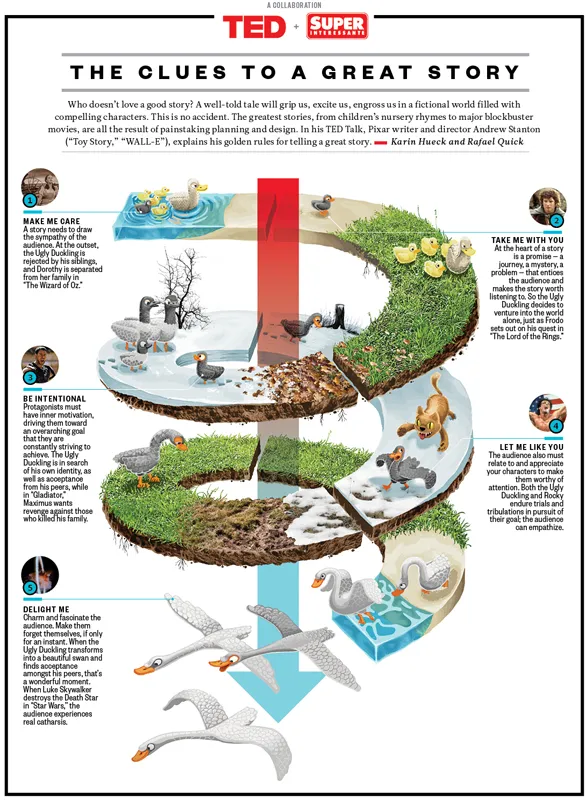
(Image via Pexels)
Each story that we tell is unique and individually crafted in terms of how we and our audience experience it while we share it. Whether it’s through podcasts, articles, public speeches, or simply in conversation with another, storytelling as a craft is as diverse as the events that we experience in our day-to-day lives.
There are several ways that we can make our storytelling as affective as possible based on the medium we choose to utilize. “How to tell a captivating story — from a wedding toast to a job interview,” (Elise Hu and Audrey Nguyen, NPR), tells us that in order to maximize the reach we are able to get with our stories in an audio-based medium, the more we have to adapt to our audience and talk straight from our hearts rather than regurgitating the memorized and processed version of our stories that we tend to pull from simply practicing our monologues repeatedly.
Digitally, infographics, images, videos, and data visualizers all help readers to experience the stories that authors tell in ways that are easily accessible and easy to understand and engage with. (Delbert, CPI Journalism).
Other readings I viewed such as “How To Tell A Good Story,”(Kristi Hedges, Forbes), generally explained that the key to telling a good story overall is to have a sound structure but to not strive for perfection and to choose your story elements in the most engaging and sequentially important ways.
This infographic by Karin Hueck and Rafael Quick in an attempt to summarize the points made in Andrew Stanton’s TED talk,(Kate Torgovnick May, TEDBlog), is a prime example of a visual aid that is both engaging and breaks down the information about storytelling in a concise and easily digestible way.

Personally, some stories that have stuck with me are those that have inspired change or introspection. The piece, “The Ones Who Walk Away from Omelas,” by Ursula Le Guin is one of my favorite short stories due to how it portrays human desires, sacrifice, and selfishness through effective sensory imagery and profound language. The anime show, “Terror in Resonance,” stuck with me for a similar reason– how it made me think about humanity in relation to the government with impressive visuals and heartbreaking emotional beats.
Stories can be told through numerous different forms and mediums, but every story leaves an impact. It’s up to the storyteller to fin out how to make their story resonate.





Leave a comment